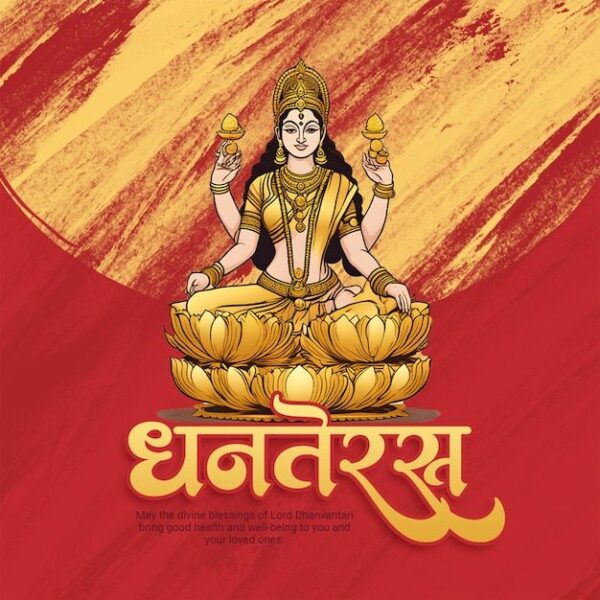Discover the magic of Dhanteras and Deepawali through heartwarming stories, traditions, and lights. A festival that brings families together.

🌼 The Auspicious Start – Dhanteras
Dhanteras marks the beginning of the five-day Diwali celebration. It is a day believed to invite prosperity, good health, and blessings from Goddess Lakshmi. Homes are cleaned and decorated with rangolis and bright diyas, setting a magical tone for the days ahead.
On this day, people buy gold, silver, or new utensils, as it is considered to bring luck and growth. Families come together, light lamps at the entrance, and pray for well-being. Many also worship Lord Dhanvantari, the god of Ayurveda, seeking blessings for health and longevity.
In cities and villages alike, the evening brings a special sparkle. The markets overflow with decorations, sweets, and earthen lamps. It’s a reminder that wealth isn’t just in gold—it’s in togetherness. You can also explore how festivals like Durga Puja spread joy and faith across communities, creating unforgettable moments.
🌟 The Legend Behind Dhanteras
A beautiful story is told during Dhanteras. Once, a young prince’s life was predicted to end by a snake bite on the fourth day of his marriage. His wise bride laid out all her ornaments and gold coins in a glittering heap near the entrance and lit hundreds of diyas.
When Yama, the god of death, arrived in the form of a serpent, he was blinded by the brilliance of the lights and gold. He quietly sat there, mesmerized by the glow, listening to the bride’s stories and songs. By dawn, he returned without harming the prince.
This story reflects the power of light, wisdom, and love—the core of Dhanteras. Traditions today still echo this belief, as families light diyas to ward off negativity and invite positive energy.
✨ The Grand Celebration – Deepawali (Diwali)
A few days later comes Deepawali, the most awaited festival of lights. This is the day Lord Rama returned to Ayodhyaafter 14 years of exile and his victory over Ravana. The people of Ayodhya lit rows of lamps (deepas) to welcome him home.
This act of lighting lamps has now become a global symbol of hope over despair, light over darkness, and good over evil. In many homes, families also perform Lakshmi Puja, inviting the goddess of wealth to bless their households.
The festive spirit is felt everywhere — children running with sparklers, elders sharing stories of old Diwalis, and neighbors exchanging sweets. The air smells of fresh sweets, flowers, and incense. It’s a time when hearts open up.
To understand how faith shapes celebrations, you can read stories of devotion like Ganesh Chaturthi’s deep spiritual roots and see how traditions connect generations.

🪔 Lights, Love, and Giving
Beyond the rituals, Deepawali is about sharing love. Many families make it a point to donate clothes, food, or moneyto those in need. Streets light up not just with lamps, but with kindness.
In recent years, even international communities have embraced the festival. Cultural organizations, temples abroad, and even public landmarks light up in gold and orange, showing how Diwali’s message of love and light travels far. You can find more cultural stories on www.america112.com to see how traditions cross borders.
💛 Stories that Stay Forever
Every family has its own Diwali story—a grandmother’s tale of her first diya, a child’s excitement for fireworks, or siblings making sweets together. These stories are passed down like glowing embers, keeping traditions alive.
Many say that on Diwali night, when the last diya flickers, they feel a calm, divine presence. It’s a feeling of hope, of renewal, of starting again with love and light.
🏠 A Festival That Brings Everyone Closer
Dhanteras and Deepawali aren’t just festivals. They are feelings of warmth, family, faith, and joy. Whether you are in a bustling city or a quiet village, the glow of diyas unites everyone.
As the lamps shine bright and prayers fill the air, the world becomes a little softer, a little kinder, and full of love.

